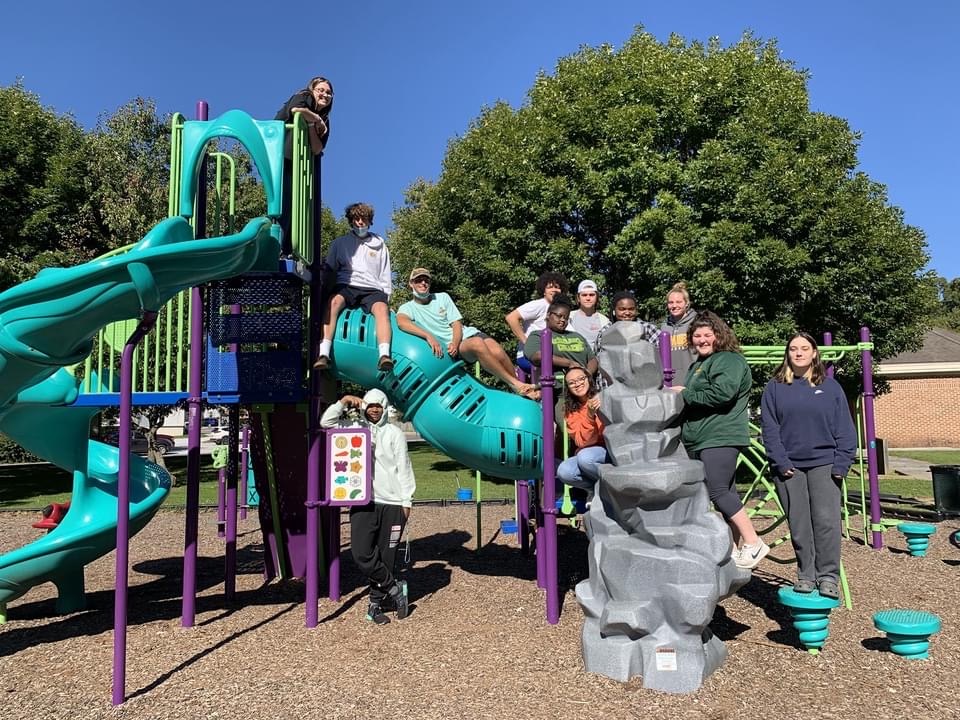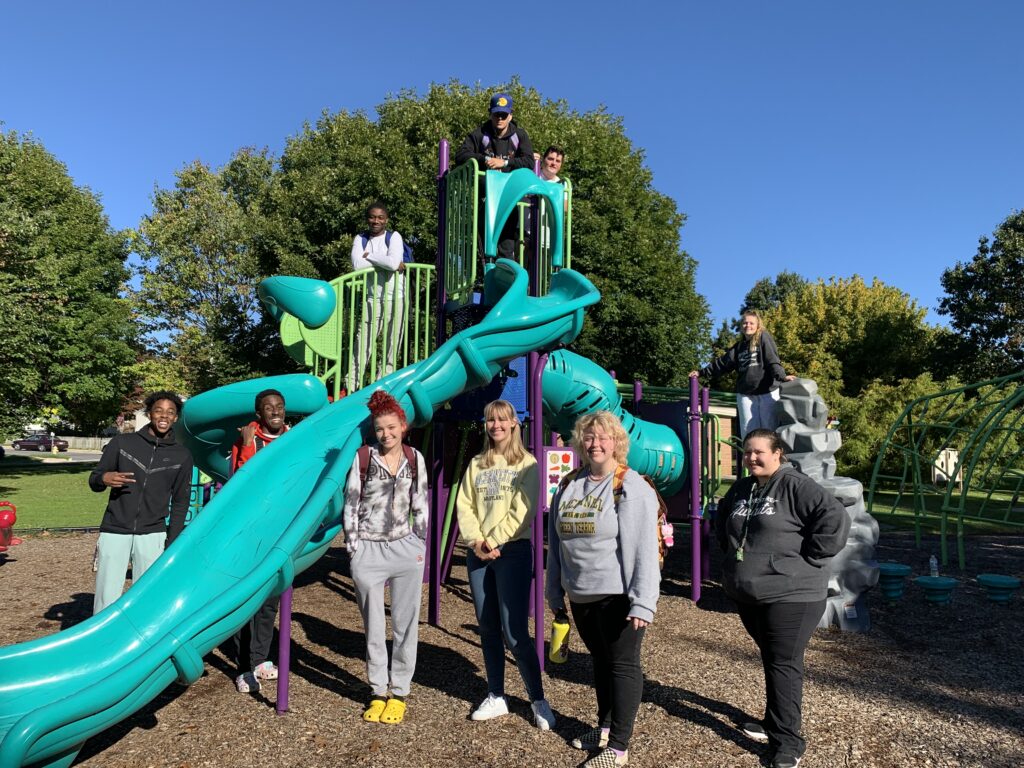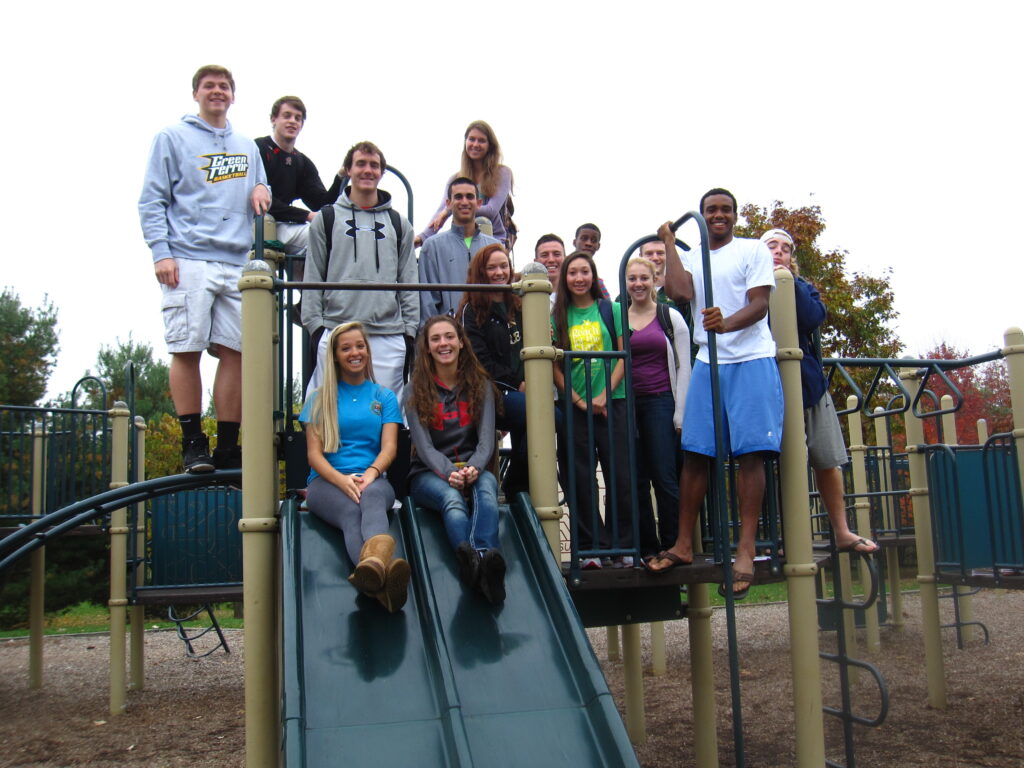 Children have imaginary friends, but what about adults?
Children have imaginary friends, but what about adults?
Stephanie Madsen, professor of psychology at McDaniel College, examines this with athletes in mind.
Stephanie Madsen is professor of psychology at McDaniel College. She joined the college in 2001 after earning her master’s and Ph.D. in child psychology from the University of Minnesota, and graduated magna cum laude with a bachelor’s degree in psychology from Carleton College in Northfield, Minnesota.
Her research examines the impact of close relationships on various aspects of social development. She has looked at adolescent relationships with parents and romantic partners, as well as imaginary companions in the context of athletics. Her most recent article, “Imaginary athletes: Prevalence, forms, and developmental functions,” co-authored by Wellesley College Professor Tracy Gleason, was published by Social Development in February 2025. As an author of numerous articles for scholarly publications and peer-reviewed journals, Madsen has presented at various conferences and been interviewed by the NPR and the Wall Street Journal.
At McDaniel, Madsen teaches a variety of courses in the Department of Psychology and has led the creation of Honors Seminars, Senior Capstones, and the First Year Seminar Power of Play. She has also directed independent undergraduate student research projects.
In addition to teaching, she served as McDaniel College’s associate dean of student success and was director of the Honors Program. She is also a self-taught watercolor artist, and her work can be found in corporate collections, galleries, retail locations, and online at stephaniemadsen.art.
Imaginary Athletes in Social Development
While imaginary companions and their role in social development has been researched, the existence of imaginary athletes had never before been considered on its own.
I first became aware of imaginary others in the context of athletics when students in my First Year Seminar on The Power of Play began sharing personal stories of interacting with these pretend characters. Unlike typical imaginary companions, imaginary athletes were described as pretend beings representing an opponent or audience and used to motivate, visualize strategies, or enhance athletic performance, and did not necessarily provide a relationship.
Interested in learning more, I partnered with Wellesley College Professor Tracy Gleason to investigate the role of imaginary athletes in development.
Through a retrospective survey of 225 undergraduate students, our findings demonstrated that imaginary athletes are a distinct and separate subgenre of imaginary beings. While imaginary companions are more common among females, imaginary athletes were reported primarily by males. They are also more prevalent in middle childhood, from ages 6 through 12, as opposed to other imaginary relationships commonly found among young children.
Imaginary athletes exist within both team and individual sports, and fit within three distinct profiles: placeholders, such as ghost runners created to facilitate a game; athletic tools, who provide challenge to hone athletic skills; and social relationships that provide companionship and emotional support, and are often used to combat loneliness.
Creating imaginary athletes appears to be a common experience in middle childhood, particularly among boys. These figures are important developmental tools, helping children master new athletic and social skills.



Read More:
Psychology Department at McDaniel College


Leave a Reply